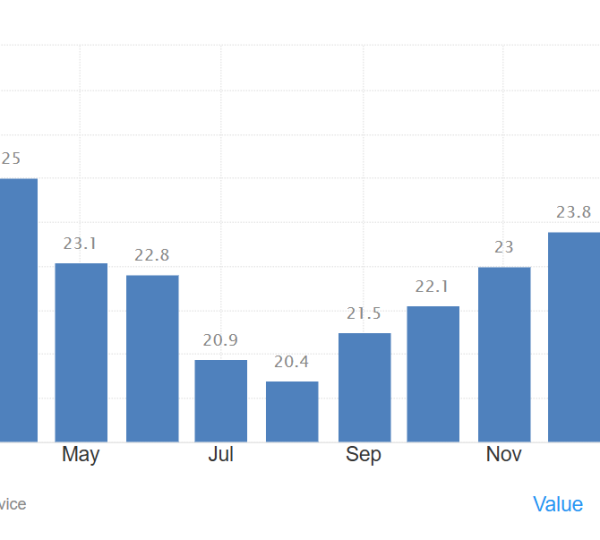Ghana’s Rising Inflation: Strategies for Price Resilience

Ghana’s economy has been facing persistent inflation for a while now, and this has affected both consumers and businesses. Consumer inflation has been hovering above 23 percent in recent months, while food prices, which play a big role in everyday expenses, have reached even higher levels. For brands, this means that the cost of everyday products is rising quickly, and consumers are feeling the pinch when they shop. The tough economic conditions require companies to think carefully about how they set prices, manage costs, and communicate with their customers.
In an environment where basic goods like food are getting more expensive, brands risk losing customer trust if they increase prices too much or too often. On the other hand, trying to maintain low prices without adjusting to higher input costs can hurt a company’s profitability. This balancing act makes it essential for companies to adopt new strategies that address these challenges head-on. By understanding the inflation challenge and its impact on consumer behavior, businesses can better prepare to navigate these turbulent economic times and build a foundation for long-term success.
Cost Management and Supply Chain Innovations
One of the most effective ways for brands to thrive during periods of high inflation is to control costs and streamline the supply chain. When the cost of raw materials and transportation rises, even small savings in production can add up to significant advantages. Many companies are now exploring ways to reduce production costs without sacrificing quality. For instance, partnering with local suppliers not only reduces transportation expenses but also minimizes the risks associated with currency fluctuations. When brands source ingredients and materials closer to home, they create a more stable supply chain and often build lasting relationships that can lead to better deals and consistent quality.
Technology is playing an increasingly important role in this process. By implementing digital inventory management systems, companies can monitor stock levels and predict future needs more accurately. Automation in production processes also helps reduce labor costs and errors, which ultimately leads to lower operating expenses. Although the initial investment in such technology may seem high, the long-term benefits in terms of reduced waste and increased efficiency can be substantial. In a market where every cedi counts, even minor improvements in operational efficiency can help maintain competitive pricing while protecting margins.
Furthermore, many brands are rethinking their entire procurement process. Long-term contracts with suppliers, especially local ones, can lock in prices and provide a buffer against sudden market fluctuations. This strategy not only helps control costs but also creates a more resilient supply chain that can adapt to changing conditions. In times of economic uncertainty, having reliable suppliers who understand local market conditions is a major competitive advantage. By focusing on cost management and supply chain innovations, companies can better absorb rising input costs and continue offering products that appeal to cost-conscious consumers.
Embracing Smart Pricing Strategies
Traditional pricing models often fall short in an inflationary environment where costs change rapidly. Instead, many brands are turning to smart pricing strategies that allow them to remain agile and competitive. Dynamic pricing is one approach that has shown promise in Ghana. With dynamic pricing, companies can adjust prices in real time based on current demand, inventory levels, and fluctuations in input costs. This flexibility ensures that when raw material costs rise unexpectedly, the selling price can be adjusted to protect profit margins without making drastic changes that might upset customers.
Another important aspect of smart pricing is the use of localized promotions. Ghana is a diverse country, and consumer behavior can vary significantly from one region to another. In areas where consumers have less disposable income, brands might introduce targeted discounts, bundled offers, or loyalty programs to make products more affordable. In contrast, regions with a more robust economic environment may be more receptive to premium pricing if it is backed by superior quality or additional services. By tailoring pricing strategies to specific local markets, brands can meet consumer needs more effectively and create a strong connection with customers.
Moreover, transparency in pricing is crucial. When companies openly share how rising production costs affect prices, consumers are more likely to understand and accept small increases. Clear communication about the challenges faced by a company builds trust and reinforces the brand’s commitment to quality and affordability. Rather than relying on sudden, unexplained price hikes, brands can use pricing adjustments as an opportunity to demonstrate how they are adapting to the economic environment. This approach not only supports customer loyalty but also positions the company as a responsible player in the market.
Our latest Consumer Pulse Study report serves as a vital resource for brands aiming to navigate and excel in today’s dynamic market landscape in Ghana. By offering in-depth insights into evolving consumer behaviors, preferences, and expectations, the CPS report empowers brands to understand the current consumer sentiments, motivations and coping tactics, thereby informing strategic decision-making. Click the link to download the report: https://www.pierrine-consulting.com/expertise/resources/ghana-consumer-pulse-study-march/
Ready to invent the future?
Our teams possess extensive in-market experience that drives measurable growth for brands. Please reach out to us to learn more.
